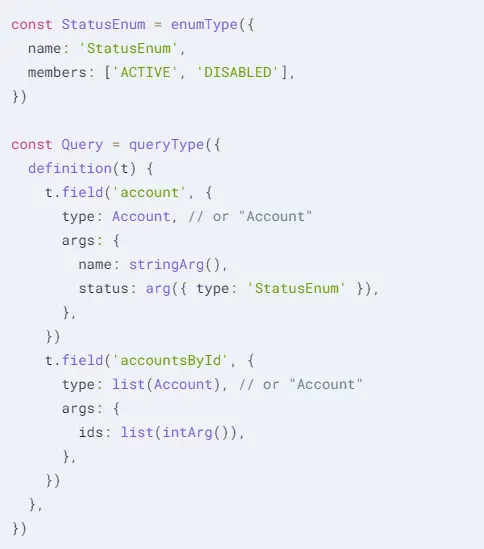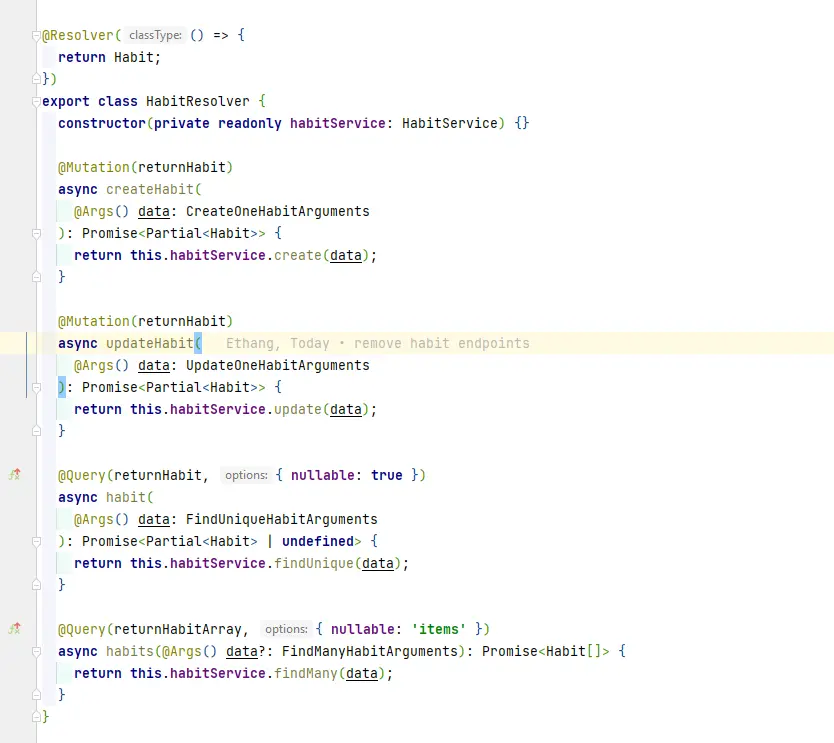
I Love NestJs
Update: I have updated this article inI Hate NestJS.
Decorators and Dependency Injection containers. Gross. What is this, Java? JavaScript is flexible enough that these kinds of structures aren't needed. Functions are first-class citizens. Objects can be immutably recreated with something as simple as a spread operator. Why, on earth, do we need NestJS?
NestJS is something I've avoided for awhile, it's not very popular, and not well loved. Frameworks like it make initial building very easy but very quickly become unreadable and difficult to work with. JavaScript (and TypeScript) are very flexible in that you can customize your design fairly easily. There's no need for the traditional opinionation of frameworks like Spring in the JS world.
However, there's a use case I recently came across that very quickly turned NestJS into a part of my regular stack. GraphQL.
I know the pains of writing a GraphQL system. It's much more difficult to write and organize than REST. I originally started with Apollo's suggested way of doing schema-first design. This provides a lot of flexibility and really shows the strength of GraphQL. You very quickly realize that each Node on a graph just maps to functions and their return structures.
With schema first design you can very quickly start adding anything and everything to your graph. Database calls? Obviously, add it to the graph. Third party REST APIs? Type them, add them to the graph, hell even create relationships between what they return and your database. Arbitrary computed data? Add it to the graph.
It's as easy as writing REST endpoints, except everything is under one URL that can be introspected with automatic documentation.
There's an issue here though. GraphQL types. Or the schema to be exact. With schema first design it means writing all the schema yourself and mapping functions to each node. This gets very tiresome, very quick. It's all boilerplate. Not to mention after you write the schema, you might have to write TypeScript types. And everything has to match database introspection if you're not using the GraphQL schema to generate your DB.
You might be tempted to find way to generate everything, but that's a long, dark, rabbit hole with some very unsatisfying answers. How do you generate as much as possible, but still leave plenty of room to customize logic and do whatever YOU want with YOUR graph?
Which brings me to code first GraphQL design. Nexus. Am I the only one that thinks this syntax is awful? t.field? type: list(Account)? What is even ‘t’?

Sure it looks OK at first glance. And it generates the schema definitions for you! But I've seen this in production at scale. I've written schema-first in production at scale. They are both nightmares. Schema first sucks because of how much boilerplate work it inevitably leads to. Code first sucks because it's an unreadable mess the second your complexity goes from 0 to 0.2.
This, finally, is where NestJS comes in.

Simple, readable classes. If you're curious about what the “habitService” is, that's just where the actual logic runs. The beauty of NestJS is I can also create a controller file and make any of these queries or mutations a REST endpoint and they would use the exact same service for validation. Granted, that's perfectly doable without Nest, but you have to appreciate the little things.
The point is, this markup is relatively obvious. Decorators generate the schema and the code stays readable. And if you're curious where the types like “FindUniqueHabitArguments” come from, those are also generated by a little NPM package called “prisma-nestjs-graphql”. All of Prisma's arguments neatly packed into GraphQL schema. This is what I've been looking for.
So there's a last question remaining, do I now prefer NestJS for everything? Not exactly. The opinionated way of doing things is often way too strong. My thought is that if you spend more time Googling how to do X in Y framework, than you do how to do X in Y language, you've got a bad framework.
Frameworks limit flexibility. They inevitably cause blockers and bottlenecks that are specific to your app. Issues that could have been avoided had you designed the system (or framework) for your app to begin with.
But damn is GraphQL hard to get right. I may continue learning Nest and finding more uses for it. Maybe this is only the beginning of this journey. I'll continue to explore but I just wanted to share what a great solution Nest is for GraphQL.